 |
| Heel Pain |
If you're experiencing heel pain, you're not alone. Heel pain is one of the most common types of foot pain, and it can be caused by a variety of factors. In this blog post, we'll discuss the most common causes of heel pain, Symptoms, Diagnosis and provide tips for how to treat it.
Causes of Heel Pain
Heel pain can have many different causes. It can be caused by an injury, by wearing shoes that don't fit properly, or by a medical condition.
If you have heel pain, it is important to see a doctor to find out the cause. Treating the cause of the pain will help you to get rid of the pain.
Wearing shoes that don't fit properly can also cause heel pain. Shoes that are too tight or too loose can rub against the heel, causing pain. Shoes that are too high can also put pressure on the heel.
Some medical conditions can also cause heel pain. One of the most common is plantar fasciitis, which is an inflammation of the tissue that connects the heel to the toes. Other conditions that can cause heel pain include arthritis, gout, and bone fractures.
Heel Spurs
One of the most common causes of heel pain is heel spurs. Heel spurs are bony growths that form on the heel bone, and they can cause pain and inflammation. Heel spurs are typically caused by repetitive stress on the heel, such as from running or jumping.
There are a few ways to treat heel spurs. In many cases, rest, ice, and elevation can help to relieve pain and inflammation. You may also need to wear a heel spur pad or heel cup to reduce stress on the heel. If conservative measures don't provide relief, you may need surgery to remove the heel spur.
Plantar Fasciitis
Another common cause of heel pain is plantar fasciitis. Plantar fasciitis is a condition that causes inflammation and pain in the plantar fascia, a band of soft tissue that runs along the bottom of the foot - that connects the heel to the toes.. Plantar fasciitis is most commonly caused by overuse or repetitive stress on the plantar fascia of the foot.
There are a few ways to treat plantar fasciitis. In many cases, rest, ice, and elevation can help to relieve pain and inflammation. You may also need to wear a heel spur pad or heel cup to reduce stress on the heel. If conservative measures don't provide relief, you may need surgery to release the plantar fascia.
If you are experiencing heel pain, it is important to see a doctor to determine the cause and get treatment. Heel pain can be a sign of a serious condition, such as plantar fasciitis or a heel spur, so it is important to get it checked out.
Other conditions that can cause heel pain include arthritis, gout, and bone fractures.
Symptoms:
The Heel pain can range from a dull ache to sharp, stabbing pain, and it can be mild or severe. If you’re experiencing heel pain, here are a few of the most common symptoms:
- Pain in the heel or ankle, which may worsen when you walk or stand
- Inflammation or swelling in the heel
- Redness or warmth in the heel
- Stiffness of the Ankle joint or in the heel
- Difficulty walking or putting weight on the heel
If you’re experiencing any of these symptoms, it’s important to see a doctor to rule out any underlying medical conditions and get the proper diagnosis and treatment.
Diagnosis:
There are many different possible causes of heel pain, so a thorough diagnosis is important. Heel pain can be caused by structural problems with the foot, such as heel spurs or plantar fasciitis. It can also be caused by problems with the bones, muscles, or tendons in the foot or lower leg. In some cases, heel pain is the result of a nerve problem. Proper diagnosis of the Heel pain is highly important for treatment.
Your Doctor examine your foot and Heel, ask you few quetions regarding your pain and also prescribe you X-Ray or MRI (Magnatic Resonance Imaging) test.
Conservative treatments for heel pain include rest, ice, and over-the-counter anti-inflammatory medications. If these treatments don't provide relief, your doctor may recommend more aggressive measures, such as physical therapy, steroid injections, or last option is surgery.
Treatment of Heel Pain:
Heel pain is a common complaint that can be caused by a variety of conditions. Although most heel pain is manageable with conservative treatment, it is important to see a doctor to rule out serious underlying conditions.
RICE Principle
There are a number of things that can be done to help relieve heel pain. Most people will need to see a doctor to get a diagnosis and follow treatment plan.
Treatment options may include pain relieving medications, with use of ice pack and heat therapy, with few days rest.
If these treatments don't provide relief, your doctor may recommend more aggressive measures, such as physical therapy, steroid injections, or last option is surgery.
In some cases, surgery may be needed if Medical and Physical therapy treatment not help you to recover.
Most heel pain can be managed successfully with conservative treatment. However, if you're still experiencing pain after several weeks of self-care, be sure to see your doctor for a more thorough evaluation.
Exercise
If you are suffering from heel pain, there are certain exercises you can do to help lessen the pain. These exercises will help stretch and massage the muscles in your foot, and give relief to your Achilles tendon.
Towel Scrunches exercise
One exercise is to sit down and place a rolled up towel under your foot. While keeping your foot flexed, slowly roll the towel back and forth under your foot for a few minutes. This will help stretch and massage the plantar fascia in your foot.
Calf Stretching Exercise
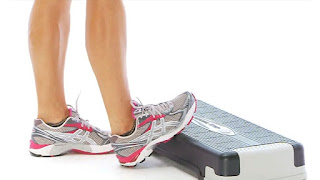 |
| Calf Stretching Exercise |
Another exercise you can do is to stand on a step and let your heel hang off the edge. Gently stretch your foot by moving your heel up and down. You should feel a stretch in your Achilles tendon. Hold this stretch for a few seconds and then release. Repeat a few times.
Ergonomics of Heel Pain:
Heel pain is a common issue that can be caused by a variety of factors. Poorly fitting shoes, overuse, and injury are all common causes of heel pain.
There are a few things you can do to help prevent heel pain. First, make sure you wear shoes that fit properly and support your feet.
Secondly, avoid overdoing it when you are participating in activities that put stress on your feet and heels. If you do start to experience heel pain, be sure to rest and give your feet a break.
If you are suffering from heel pain, there are a few things you can do to find relief. Pain relieving medication and oil can help to ease the pain. You can also try icing the affected area for 20 minutes at a time. If the pain is severe, you may need to see a doctor or physical therapist for more aggressive treatment.
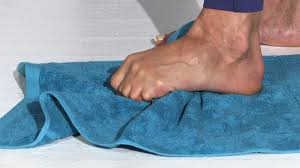

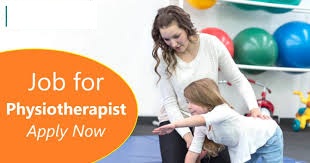
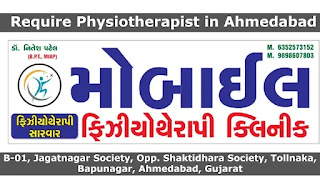



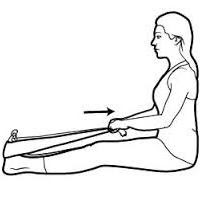
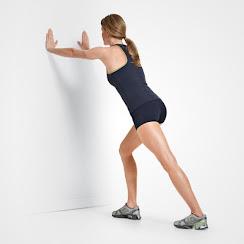
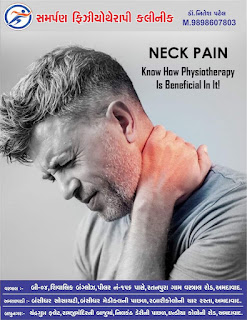
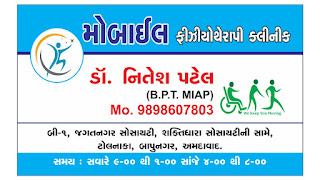

.jpg)